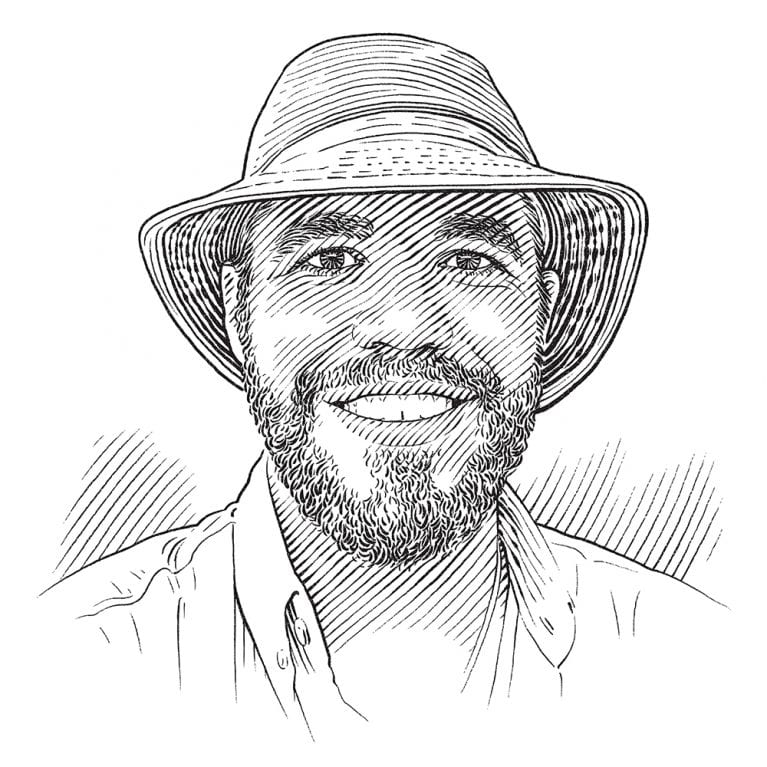Kevin Crook

Who I am
Marine conservation is not a career path chosen by many people who grow up on the prairies of Canada. With thousands of kilometres between my home town and the ocean, ‘marine biologist’ seemed like an exotic profession that was out of reach for a kid in Manitoba. All that changed with a trip to the Galápagos Islands in 2009. I remember it like it was yesterday: snorkelling along a deep channel between two rock pillars shooting up 500 metres (1,640 feet) out of the ocean. I was staring down into the endless blue when, suddenly, three scalloped hammerhead sharks emerged from the depths. They only stayed in view for a few seconds before returning to the deep, but that was all it took. I was hooked!
Where I work
Ten years on from my shark encounter in the Galápagos, I have swapped snow for sand and find myself ‘working’ at a tropical beach in sunny North Queensland, Australia. It is all very romantic: long walks on the beach, palm trees swaying in the salty sea breeze, golden sunrises dancing across the water as the tide floods in, and locals lazing around in the water. The locals I’m referring too in this case, however, are stingrays. Stingrays love sand flats and sandy beaches in Australia. The shallow water provides protection from predators and the abundance of invertebrates buried in the sediment is an all-you-can-eat buffet. Stingrays are messy eaters. They excavate food from the sediment by flapping their fins and jetting water out their mouths, creating huge plumes of sand and mud in the water. When the ray moves on and the dust settles, there remains a hole where it had been feeding. Then when the tide recedes and the rays retreat to their low-tide resting areas, the exposed sand flats are left covered in little pock-marks, evidence of the stingray smorgasbord that occurred during the previous high tide.
What I do
For my research, I am developing innovative data collection methods that use drone technology to assess the roles of rays on coastal sand flats. Essentially, I am a stingray stalker. I follow rays with a drone and record video of their behaviour, which I can analyse later to establish behavioural patterns. Stingrays are the perfect subjects to study using drones. Their broad, flat shape makes them easy to identify from above, their disruptive foraging makes it easy to see when individuals are eating, and the conspicuous pits left on the sand flat after feeding make it possible to document foraging activity in large expanses of sand flat. By analysing video of individual rays, I can determine how many times an individual feeds throughout the tidal cycle and how many feeding pits are formed, and I can identify which key areas are used for foraging. Additionally, by mapping a section of the sand flat, I can count the total number of feeding pits created during the preceding high tide.
Results from this research will not only highlight the important roles stingrays play in coastal sand flats, but will provide a useful tool for assessing the foraging impacts of rays on sand flats that can be applied on a global scale. In addition, by combining individual foraging rates with feeding pit counts, I will determine whether the total number of feeding pits can be used to estimate the abundance of batoids on a sand flat. If successful, this technique has broad application potential for monitoring batoid populations that will be vital for their conservation.
